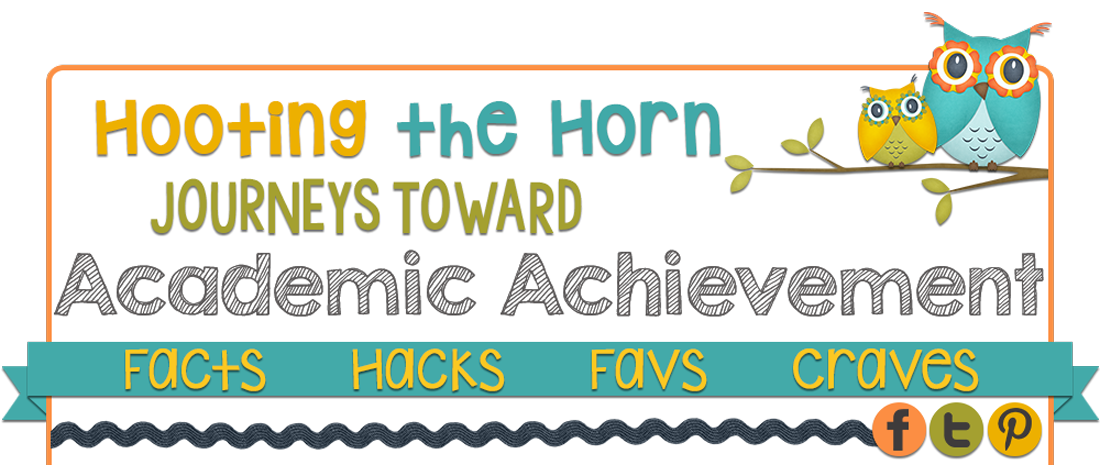 It
started with the prize box. When students earned good grades or had a wondrous
math achievement, I would allow them to choose a prize from the box. After some
time, the little odd toys didn’t appeal to them. Once the number of students
expanded to more than 100, I couldn’t afford to keep replenishing the box.
Next, I chose coupons. A little “homework pass” here and there. You know it’s
bad when students lose interest or are not motivated by the prospect of getting
some time off from the nightly homework grind. Plus, I gave them out
haphazardly. Students didn’t know when they could earn them. Despite these
setbacks, I am a firm believer that incentives are important. Students want to
receive recognition for their work (that philosophy also applies to adults). When
I reflected on my incentives, I discovered that I had to make some changes to
make them more effective for student motivation.
It
started with the prize box. When students earned good grades or had a wondrous
math achievement, I would allow them to choose a prize from the box. After some
time, the little odd toys didn’t appeal to them. Once the number of students
expanded to more than 100, I couldn’t afford to keep replenishing the box.
Next, I chose coupons. A little “homework pass” here and there. You know it’s
bad when students lose interest or are not motivated by the prospect of getting
some time off from the nightly homework grind. Plus, I gave them out
haphazardly. Students didn’t know when they could earn them. Despite these
setbacks, I am a firm believer that incentives are important. Students want to
receive recognition for their work (that philosophy also applies to adults). When
I reflected on my incentives, I discovered that I had to make some changes to
make them more effective for student motivation.
Planning for the short and sweet
The
first thing I did when revamping my incentives was to make a planner. I needed
to have set dates for incentives. I made a list of all the incentives I wanted
to offer and if there was a cost associated with acquiring the incentives. I
also reviewed the incentives students liked the most. I noticed that students
seemed to “get numb” to incentives after 6-8 weeks, so I decided to change what
I offered each grading period. I came up with themes and designed posters so
students would know what they could get and what they needed to do in order to
receive an incentive. I also felt it was important that each student and each
class had an opportunity to earn something. So, for example, during the first
grading period, students had the chance to “grab a hand.” Oriental Trading
offers sticky hands for a decent price, and kids loved using them to grab their
papers. To earn a sticky hand, students had to successfully answer a 100
multiplication problems within a certain time period (yes, I have students entering my middle school classroom who do not know how to multiply, but that is a
topic worthy of an entirely different post). I created a “hand” bulletin board
so once students earned their hands, I would add their name to the board. It
was short and sweet, but effective.
So
the majority of the incentives I choose have (1) a well-defined goal
communicated to students, (2) last a short time to maintain momentum, and (3)
give every student and opportunity to obtain an incentive.
Last
year’s short term incentives included: sticky hands, the proverbial homework
pass, listen in class music pass, sit where you want pass, scratch-offs
(Oriental Trading), little Earths, and bendable people. Classes could earn
outside learning days or math play days.
Rewarding effort on a consistent basis
Certificates
never get old. There’s nothing like being able to go home and show parents or
guardians a certificate. That’s why I continue to give them out each grading
period and at the end of the year. Of course, I recognize good grades, but I
also give certificates for showing improvement and for attending tutoring
sessions. I change the design of the certificates each grading period. There
are several great websites for creating free certificates, but I will purchase
some colorful ones from my local dollar store when they are available. In
addition to certificates, I also recognize students “publicly” with a hallway
or classroom bulletin board.
If
you’re planning your lessons in preparation for the new school year, consider
planning an incentive system for your students. Based on what I’ve experienced
in my own classroom, incentives increase motivation and enhance the learning
environment. Incentives don’t have to be expensive! Remember, showing and
telling students they are doing a good job goes a long way.


 It’s best to use black markers with these types of
whiteboards. Reds and oranges will stain the plastic. In order to maintain the
whiteboards as long as possible, use a mild cleaner on them at least once per
week. Of course, changing them is simple!
It’s best to use black markers with these types of
whiteboards. Reds and oranges will stain the plastic. In order to maintain the
whiteboards as long as possible, use a mild cleaner on them at least once per
week. Of course, changing them is simple!






